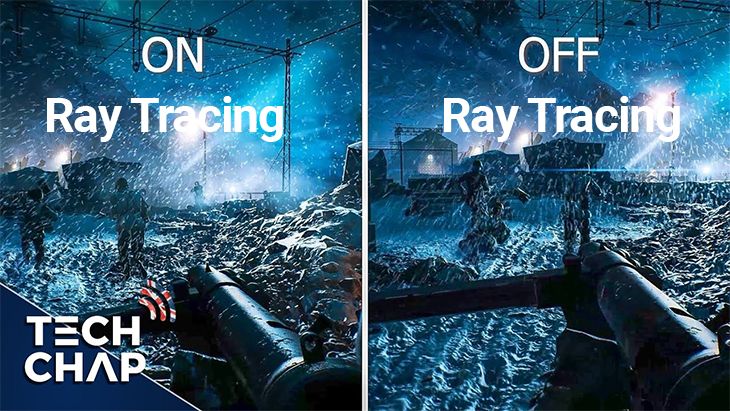
As technology advances, the gaming industry is constantly pushing the boundaries of visual realism in virtual worlds. One innovation that has revolutionized game graphics is ray tracing technology. With its ability to simulate the behavior of light in real-time, ray tracing has brought a new level of visual fidelity to gaming experiences.
What is Ray Tracing Technology?
Ray tracing is a rendering technique that simulates the path of light as it interacts with virtual objects in a 3D environment. Instead of relying solely on predetermined algorithms, ray tracing calculates the precise behavior of light rays, resulting in more realistic reflections, lighting, shadows, and transparency.
This technology has been used in CGI (Computer Generated Imagery) for a long time, but its introduction in real-time gaming is a game-changer. Traditionally, game graphics relied on rasterization, a faster but less accurate technique that approximates visual effects. Ray tracing, on the other hand, delivers unparalleled visual fidelity by accurately tracing individual rays of light in real-time.
The Evolution of Game Graphics
With the introduction of ray tracing, game graphics have made a significant leap forward. The impact can be seen in numerous aspects of the virtual world, enhancing the overall visual experience for the gamers. Here are some key areas where ray tracing has made a notable difference:
1. Reflections
Ray tracing technology enables games to realistically simulate reflections. Whether it’s mirror-like surfaces or reflective objects, ray tracing accurately calculates the path of light rays as they bounce off these surfaces, resulting in highly detailed and accurate reflections. This adds a new level of immersion and realism to the game environment.
2. Lighting
Realistic lighting is crucial for creating an immersive gaming experience. Ray tracing allows for accurate simulation of lighting conditions by considering the behavior of light in various environments. This means that game developers can now accurately depict how light interacts with different materials, resulting in lifelike illumination and shadows.
3. Shadows
Ray tracing technology greatly enhances the depiction of shadows in games. Instead of relying on pre-rendered static shadows or simplified approximations, ray tracing calculates shadows dynamically based on the position and behavior of light sources. This results in more realistic and detailed shadows that add depth and dimension to the game world.
4. Transparency
In games, transparency is essential for rendering objects such as glass, water, or other translucent materials. Ray tracing excels in accurately simulating the behavior of light as it passes through or interacts with transparent objects. This enables the creation of more realistic and visually appealing effects, such as accurate refraction and caustics.
Challenges and Opportunities
While ray tracing technology brings immense visual improvements to gaming, it also poses certain challenges. The most significant challenge is the computational power required to perform real-time ray tracing calculations. Traditional graphics processing units (GPUs) may struggle to handle the intense calculations demanded by ray tracing, resulting in lower framerates and potential visual artifacts.
However, this challenge has driven the development of dedicated hardware, such as ray tracing cores, specifically designed to handle the complex calculations involved in real-time ray tracing. These advancements in hardware technology are paving the way for broader adoption of ray tracing in gaming.
Ray tracing technology offers tremendous opportunities for game developers to create visually stunning and immersive experiences. By utilizing the potential of ray tracing, game worlds can become more realistic, captivating players in ways never seen before.
Conclusion
The impact of ray tracing technology on game graphics cannot be overstated. This innovative rendering technique has revolutionized visual fidelity in gaming, introducing accurate reflections, lighting, shadows, and transparency. While its adoption may still be limited by computational requirements, advancements in hardware technology are bridging the gap, offering new possibilities for game developers to create visually stunning and realistic virtual worlds. With ray tracing, gamers can expect an unprecedented level of immersion and a visual experience that blurs the line between reality and virtuality.


